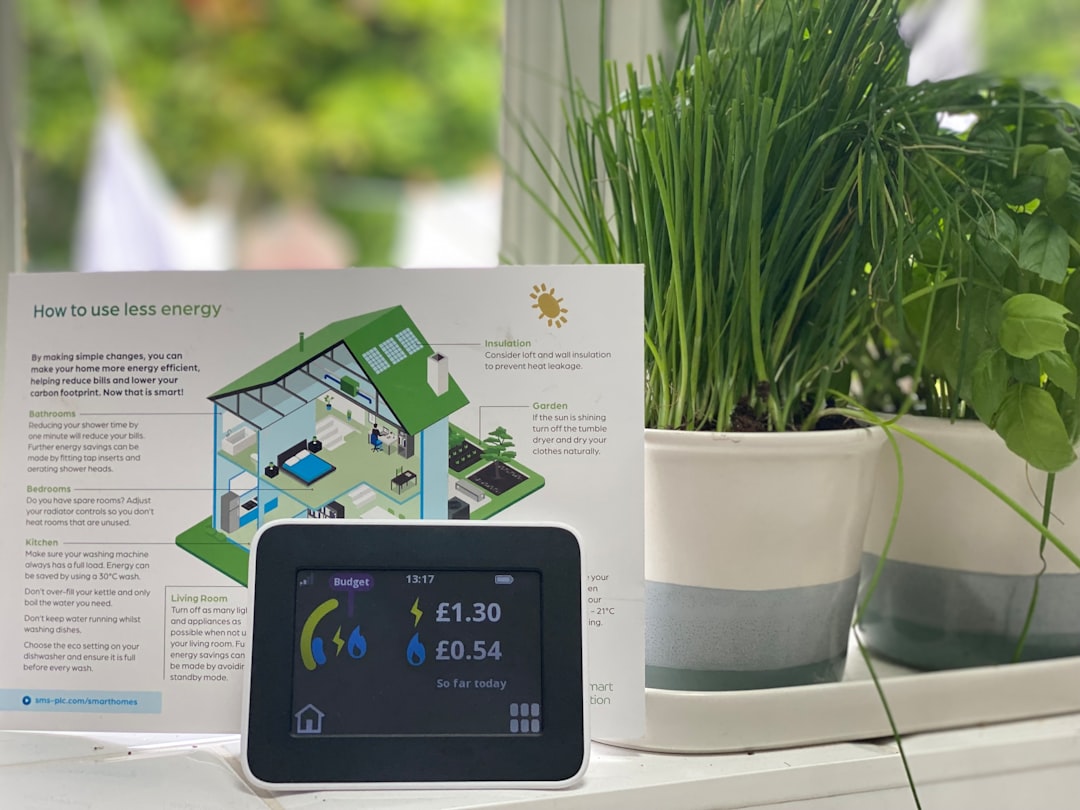That moment your heart drops when you see the electricity bill is all too real.

It’s a feeling I know well. Not just with bills, but with that sense of being stuck. For years, I felt like I was spinning my wheels, trapped in unhealthy habits that left me feeling drained and powerless. I was overweight, unproductive, and just going through the motions. Changing my life felt like an impossible task, just like trying to make a dent in a massive energy bill.
But I learned something powerful on my journey to losing over 110 pounds and finding a more balanced life. Big changes don’t happen overnight. They happen through small, consistent actions that build on each other. It’s about celebrating the small wins. The same principle that helped me rebuild my health can help you take control of your home and your budget. Saving energy isn’t about making huge, expensive sacrifices. It’s about building smarter habits one at a time.
Let’s walk through some simple hacks you can start using today. You don't have to do them all at once. Just pick one or two that feel easy and build from there.
The Easiest Wins: No-Cost Changes
These are the things you can do right now without spending a single cent. They’re all about changing small habits. Think of them as the first easy steps on a new path.
- Unplug the "Vampires." Many electronics keep drawing power even when they're turned off. This is called phantom load. Your TV, coffee maker, and phone chargers are common culprits. Unplug them when you’re not using them.
- Use Power Strips. Instead of unplugging ten different things, plug them into a power strip. Then you just have one switch to turn off. I have one for my entire computer setup. When I’m done with work, one flick of a switch shuts everything down completely.
- Adjust Your Thermostat. For every degree you lower your thermostat in the winter or raise it in the summer, you can save a surprising amount. Try setting it a couple of degrees cooler when you sleep or when you’re out of the house.
- Use Ceiling Fans Wisely. In the summer, set your fan to run counter-clockwise to push cool air down. In the winter, reverse it to run clockwise on low. This pulls cool air up and pushes the warm air that rises back down.
- Let the Sun In (or Block It Out). During cold months, open your curtains on sunny days to let the sun warm your home naturally. In the summer, close them to keep the heat out and give your AC a break.
- Rearrange Your Furniture. Make sure your couches or chairs aren’t blocking air vents. This stops air from circulating properly, making your heating and cooling systems work much harder.
- Take Shorter Showers. Heating water is a huge energy expense. Cutting your shower time by even a few minutes each day adds up to big savings.
- Fix Leaky Faucets. That constant drip, drip, drip isn't just annoying. It's wasting gallons of hot water and the energy used to heat it.
Kitchen and Laundry Room Hacks
These two rooms are major energy hogs. A few simple tweaks here can make a huge difference.
- Wash Clothes in Cold Water. Most modern detergents work great in cold water. Unless you’re washing something truly filthy, there’s rarely a need for hot water. This one change can save you a lot.
- Clean the Lint Trap. Clean your dryer’s lint trap after every single load. A clogged trap restricts airflow, making your dryer work longer and harder.
- Air-Dry When You Can. A clothes dryer is one of the most energy-hungry appliances in your home. Use a clothesline or a drying rack whenever possible. Your clothes will last longer too.
- Run Full Loads. Whether it’s the dishwasher or the washing machine, always wait until you have a full load before running it. You use about the same amount of energy and water for a small load as you do for a full one.
- Use the Microwave. Microwaves use far less energy than a conventional oven. If you’re just reheating leftovers or cooking something small, use the microwave.
- Keep Your Fridge and Freezer Full. An empty refrigerator has to work harder to stay cool. If your fridge is looking bare, you can even fill empty space with a few jugs of water. A full freezer works more efficiently.
- Check Your Fridge Seals. Close your refrigerator door on a dollar bill. If you can pull it out easily, your seals are leaking cold air. It might be time to replace them.
- Cook with Lids. When you’re cooking on the stovetop, put a lid on your pot. Your food will heat up faster, and you can use a lower heat setting.
- Clean Refrigerator Coils. The coils on the back or bottom of your fridge can get dusty, which makes the fridge work harder. Gently vacuum them once or twice a year.
Smart Upgrades and Seasonal Prep
These might require a small initial investment, but they provide big returns in savings and comfort.
- Switch to LED Bulbs. If you haven’t done this yet, this is your sign. LEDs use at least 75% less energy and last 25 times longer than incandescent bulbs. Start by replacing the bulbs in the rooms you use most.
- Seal Air Leaks. Use caulk or weatherstripping to seal leaks around windows, doors, and electrical outlets. This is one of the cheapest and most effective ways to save energy.
- Lower Your Water Heater's Temperature. Most water heaters are set to 140°F (60°C) by default. Lowering it to 120°F (49°C) is safe for most households and can save a good chunk of money.
- Insulate Your Hot Water Tank. If you have an older water heater, wrap it in a special insulation blanket. It’s a simple job that prevents heat from escaping.
- Install a Programmable Thermostat. This is a game-changer. You can set it to automatically lower the heat or AC when you’re asleep or away. You set it once and it saves you money every day.
- Consider Dimmer Switches. Dimmers allow you to lower the intensity of your lights. This not only saves energy but also helps set a relaxing mood.
- Choose Energy-Efficient Appliances. When it’s time to replace an old appliance, look for the ENERGY STAR label. It might cost a little more upfront, but the long-term energy savings are worth it.
- Get a Home Energy Audit. Many utility companies offer free or low-cost home energy audits. An expert will come to your home and point out exactly where you’re losing energy and how you can fix it.
It All Starts With One Small Step
Looking at a list of 25 things can feel overwhelming. I get it. It’s like when I first looked at the 110 pounds I needed to lose. The mountain seemed too high to climb. But I didn't lose it all at once. I lost the first pound. Then the next. I focused on one good meal, one workout, one day at a time. The small wins built momentum.
That’s how you should approach this. You don’t need to do everything on this list by tomorrow. Just pick one.
What’s the one simple thing you can do today?
Maybe you’ll unplug your phone charger when you leave for work. Maybe you’ll wash your next load of laundry in cold water. Or maybe you’ll just lower your thermostat by one degree tonight.
Pick your first small win. Do it, and then feel good about it. Because you just took your first step toward a more efficient home and a little more peace in your mind and your wallet. You are in control.





